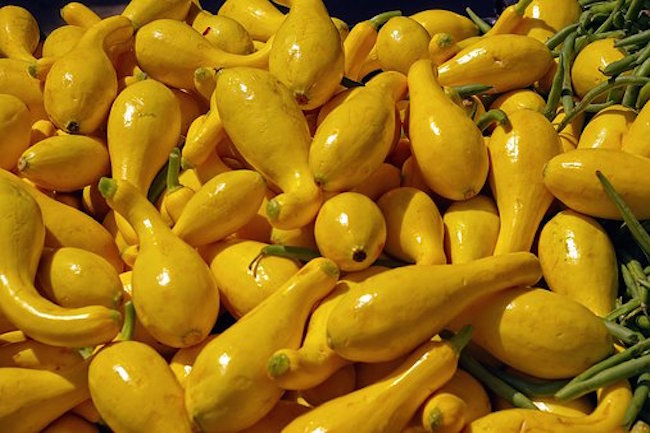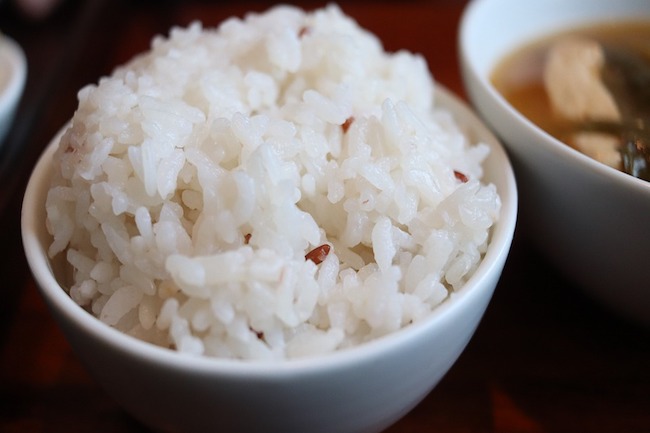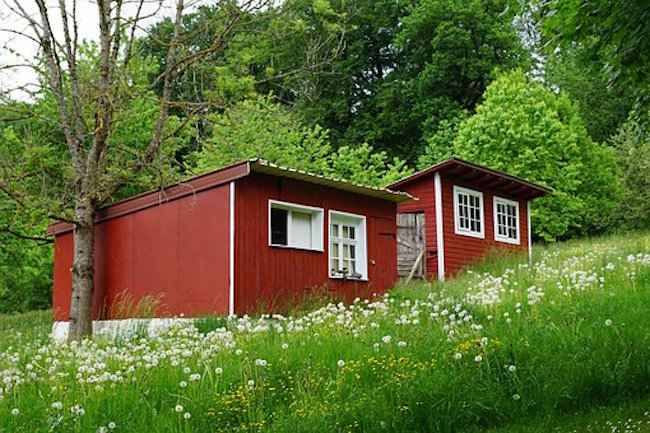Summer Squash: The Gardening Staple You Can Grow In 40 Days by: Kathy Bernier for Off the Grid News
For a lot of people, the thought of summer squash brings to mind just a few varieties. The entire list probably consists of little yellow crooknecks and zucchini, with no more than one or two choices of each.
There is a bonanza of summer squash taste available to home gardeners. If you like squash even a tiny bit, you will want to grow your own. Fresh summer squash in your backyard provides daily fresh young produce throughout the season, the ability to eliminate food miles, and the opportunity to try dozens of unique varieties that are not available at stores or even farmer’s markets.
Summer Squash or Winter Squash?
It may be useful to begin by defining “summer squash” as opposed to winter squash. Summer squash, as suggested by the name, are those varieties which can be harvested during the summer. The first fruits of summer squash can be ready for harvest in as few as 40 days after planting and continue to yield for the duration of the season as long as they are picked regularly. Winter squash is not harvested until fall.
Summer squash is best eaten fresh and does not store well. Winter squash should be stored in a root cellar.
All natural Fertilizer Helps Your Produce Grow Like Crazy
The other main difference between summer and winter squash is the skin texture. The skin of summer squash is tender and thin and is usually eaten. Winter squash is generally peeled off and discarded because it is tough and unpalatable.
Summer squash comes in all shapes and sizes, and falls into three major categories: yellow, zucchini, and pattypan.
Some people think of “summer squash” to mean specifically yellow crooknecks, the light banana-colored ones shaped like a lightbulb with an elongated curved end. Most of them are the classic crookneck shape, but some have straighter necks than others and a few are more lemon-shaped with little or no neck at all. They are mild and sweet, best eaten very small — six inches or less in length — as they can quickly become thick-skinned and less appealing. Yellow squash skin can be either smooth or bumpy.




